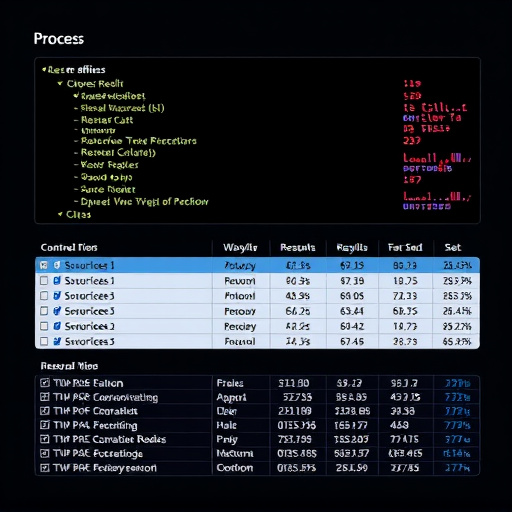The debate between Cold Air Intake (CAI) and Short Ram Intake (SRI) centers around their unique benefits for engine performance. CAIs draw cooler, denser external air for increased horsepower at high RPMs, while SRIs optimize air velocity for quicker throttle response and better fuel efficiency. Both offer customizable upgrades but vary in installation complexity and visual impact on the vehicle's underbody, catering to different preferences in the cold air intake vs short ram intake discussion.
Uncover the intriguing world of underhood aesthetics with our comprehensive guide. From understanding essential components like Cold Air Intake (CAI) and Short Ram Intake (SRI) to exploring their impact on performance and efficiency, we demystify these popular modifications. Learn how CAI and SRI not only enhance engine power but also offer distinct visual appeal. Discover tips to recognize and personalize your vehicle’s underhood appearance, transforming it from a functional space to a testament of your automotive style.
- Understanding Underhood Components: The Basics of Cold Air Intake and Short Ram Intake
- Comparing Performance and Efficiency: Advantages and Disadvantages of Each System
- Visual Differences: How to Recognize and Personalize Your Vehicle's Underhood Appearance
Understanding Underhood Components: The Basics of Cold Air Intake and Short Ram Intake

Underhood components play a crucial role in an engine’s performance and efficiency, with two notable systems that often spark debates among car enthusiasts being cold air intake (CAI) and short ram intake (SRI). Both aim to enhance engine power, but they do so through different methods.
Cold air intake involves routing cold, dense air from outside the engine compartment directly into the engine, bypassing the stock air filter’s housing. This system ensures that the air reaching the cylinders is cooler and denser, resulting in better combustion and increased horsepower. In contrast, short ram intake systems still draw air from within the engine bay but with reduced restrictions, allowing for faster air flow and improved throttle response. While CAI focuses on delivering colder, denser air, SRI prioritizes maximizing airflow velocity to create a more powerful pulse in the intake manifold, ultimately boosting engine performance.
Comparing Performance and Efficiency: Advantages and Disadvantages of Each System

When comparing performance and efficiency, both cold air intake (CAI) and short ram intake (SRI) systems offer distinct advantages in enhancing engine output. CAI systems draw cool, dense air from outside the vehicle, bypassing the restricted space within the engine bay. This direct approach can increase airflow, leading to improved horsepower and torque figures, particularly at high RPMs. Additionally, a well-designed CAI often reduces intake temperatures, which can be beneficial for certain engines.
On the other hand, SRI systems focus on optimizing the air delivery within the engine bay. By using a more direct path with fewer restrictions, SRI promotes faster and more efficient airflow, resulting in quicker throttle response and improved fuel efficiency. While CAI excels in maximizing airflow potential, SRI offers a more subtle yet significant gain in performance and economy, making it a preferred choice for those seeking subtle improvements without compromising reliability.
Visual Differences: How to Recognize and Personalize Your Vehicle's Underhood Appearance

The underhood of a vehicle is often overlooked, but it can be a powerful canvas for personalization and performance upgrades. One of the most visible visual differences lies in the intake system—a key component that influences both aesthetics and engine output. The classic cold air intake (CAI) and short ram intake (SRI) are popular choices among car enthusiasts.
A cold air intake, as the name suggests, draws cool, dense air from outside the vehicle, providing a richer mix of oxygen and fuel to the engine. This simple modification can lead to improved horsepower and torque figures. On the other hand, a short ram intake focuses on direct air delivery to the engine, minimizing restrictions in the airflow path. While both options offer performance gains, they differ in installation complexity and the overall look they impart to your underhood.
When it comes to enhancing your vehicle’s performance and aesthetics, understanding the differences between cold air intake (CAI) and short ram intake (SRI) systems is key. Both offer unique advantages in terms of efficiency and power output, but visually, they present distinct underhood appearances. CAI systems typically involve a more intricate setup with larger components, while SRI designs tend to be more streamlined. Personalizing your vehicle’s underhood can be an exciting way to showcase your automotive preferences, whether you favor the robust look of CAI or the sleek design of SRI. So, choose wisely based on performance goals and visual appeal, as these modifications can truly elevate your car’s overall character.














